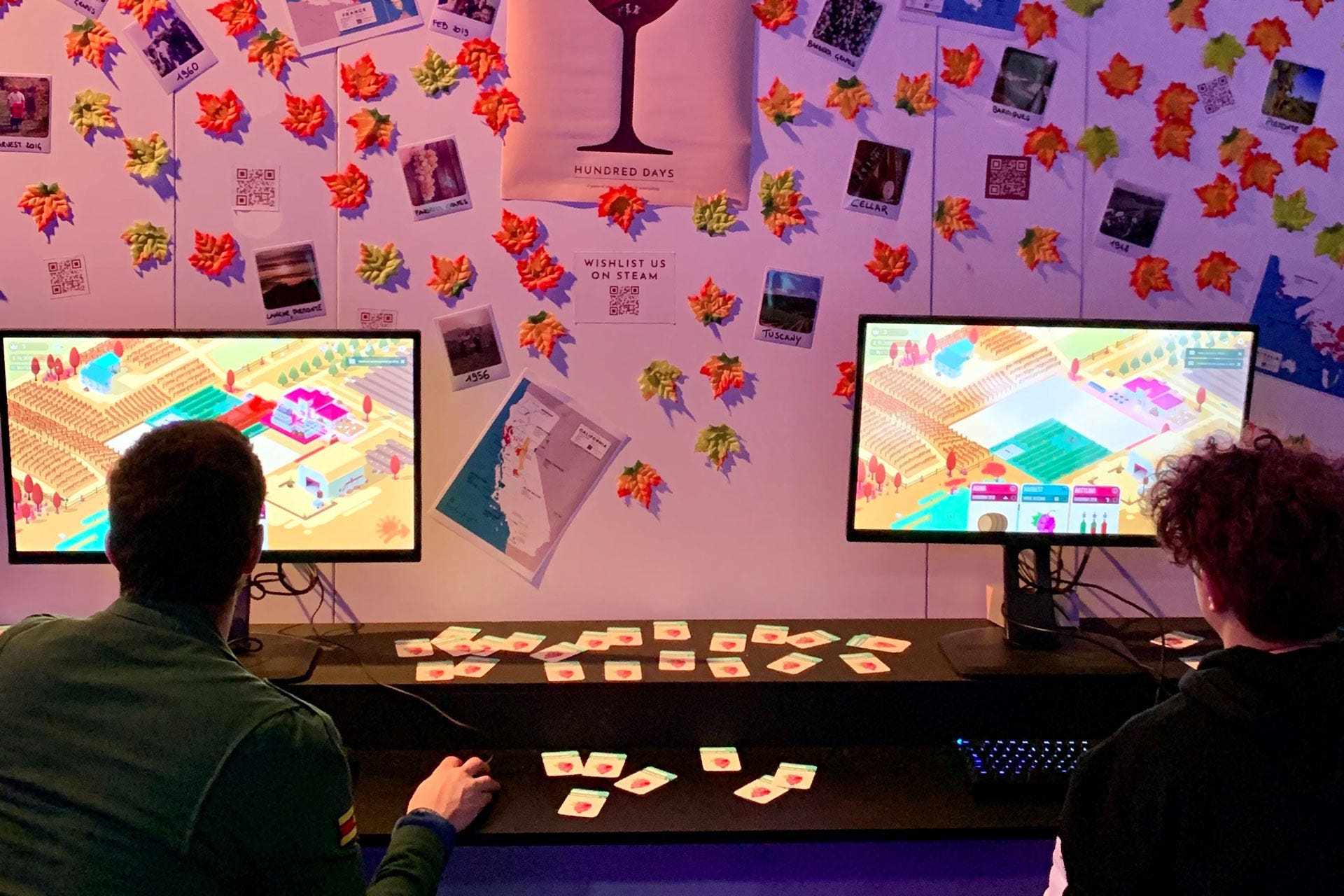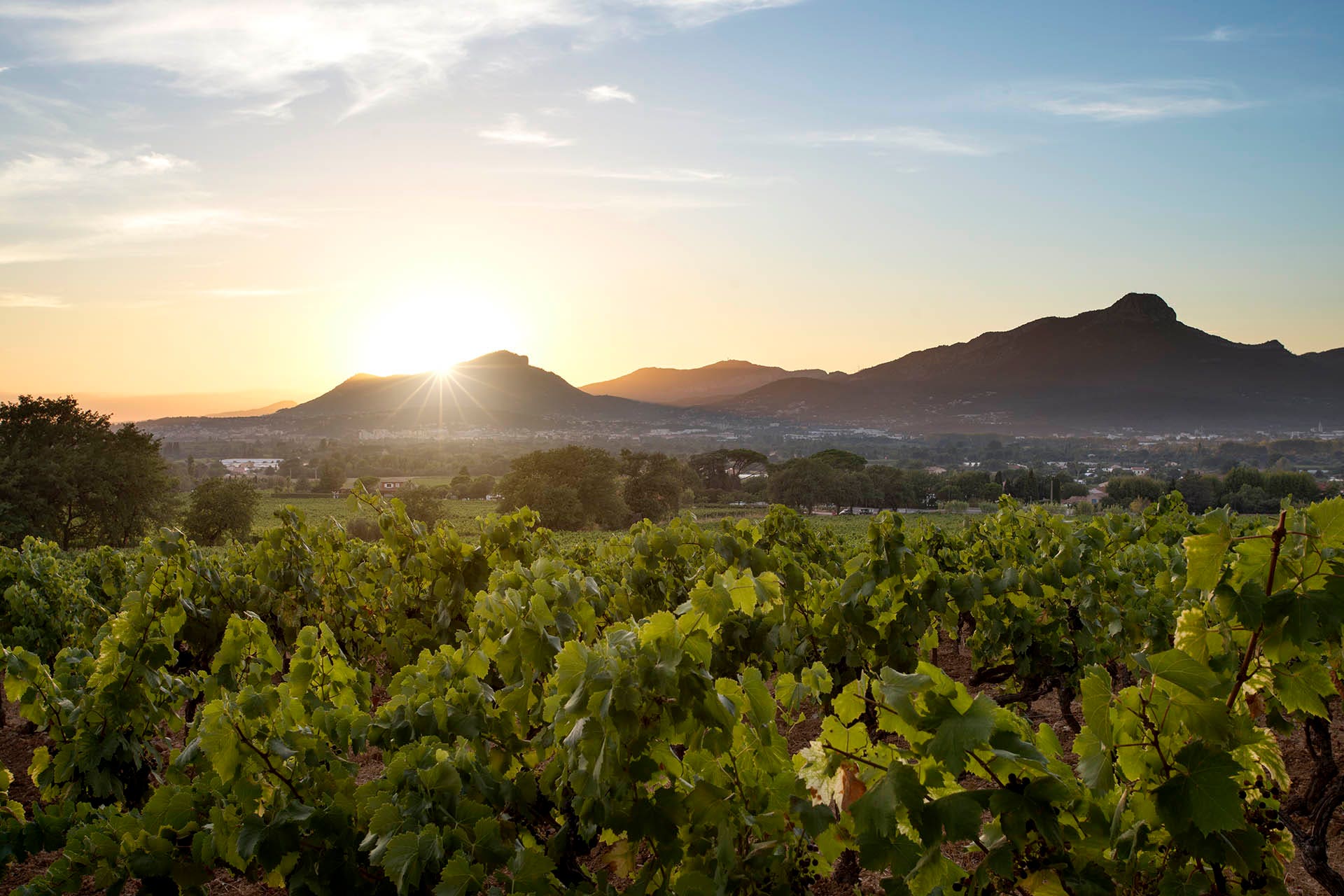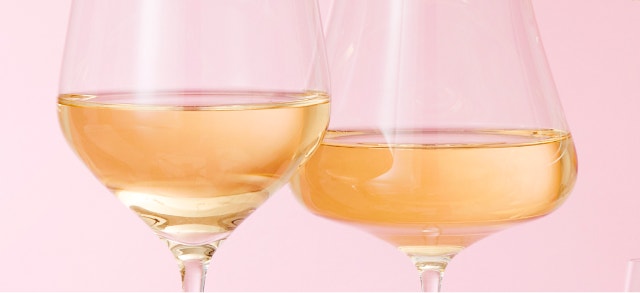Wine Enthusiast |
| Virtual Viniculture: New Video Games Aim to Diversify and Democratize Wine Posted: 24 Jun 2021 05:00 AM PDT  The scenario: You're stuck in a boring office job. Each tedious day is the same as the last. Suddenly, you receive a letter from a distant relative, who bequeaths you his rundown vineyard in Italy. You take the chance and move on a whim, but you know nothing about winemaking or running a winery. Luckily, a colorful cast of local characters helps you immerse yourself in the world of wine. There's the chatty neighbor, the curmudgeonly expert who bemoans your inexperience and the handsome hunk who supports you from the start. It sounds like the plot to a Hallmark film, but it's not. It's the story of Hundred Days, a recently released winemaking simulation game from indie studio Broken Arms Games. Playing in "story mode" as Emma, you're transported from your gray office to the warm, welcoming and pastel-hued fields of your newly inherited vineyard, set in a region inspired by Piedmont, which is the IRL home of the game's production studio.  Now, you're in charge of everything from what grapes to grow to the design of your own label and bottle. "A lot of people want to know more about wine," says Yves Hohler, the lead designer for Hundred Days. "This is a good entry point." Hundred Days is the latest addition to the niche world of winemaking video games, which kicked off in the early 2000s with Wine Tycoon and Winemaker Extraordinaire. These early forays didn't make a big splash, but more recent additions have attracted buzz. They've benefitted from the leaps and bounds made by gaming technology, as well as increased interest in wine. The second wave of winemaking games kicked off with Terroir, from General Interactive Co. Released in 2017, the game is set on a chateau in France. Players use hexagonal tiles to grow and build their winery. "It's a great way to increase awareness about wine and the joys of it," says Mark Fillon, Terroir's creative director. "With video games, it makes it more fun and accessible." Winemakers need to balance variables like timing, chemistry, math and horticulture, not to mention Mother Nature, to craft a good wine. It mirrors the calculated choices that gamers must make to proceed to the next level, only to be thrown off a seemingly unbeatable boss character. "We wanted to communicate to players how hard it is to make wine for wineries," says Elisa Farinetti, CEO and cofounder of Broken Arms Games. "As a player, you have to prioritize which tasks go on the board and which card to play based on what you want to achieve. You have to make choices."
There is a narrative element, inspired by Hohler's family who left Switzerland for Italy to make wine. Hundred Days offers an incredibly comprehensive and accurate look at winemaking. Players can analyze the soil type to determine what varietal grapes will thrive best, prune and protect their growing vines from infection, control the pressing and crushing, choose what yeasts to use during fermentation and more. Gamers toggle Tetris-like tiles to strategize how to make enough space for everything from the bottling line to the vineyard. Want more space? You need to market and sell your wines, which generates income. While story mode acts as a nice guide for beginners, players can also engage in free play or take on challenges like crafting digital vintages that need to meet certain specifications from buyers. Terroir is billed as a "tycoon" game, or an economic simulation geared toward the creation, growth and management of a successful business. So, while knowledge of wine and the winemaking process are integral, Terroir focuses more on business acumen. You can compete against computerized rival winemakers or start with a smaller budget. "We [create] video games as a passion, but our background and our roots are in winemaking," says Farinetti. "It's a reflection of our culture and our traditions."  Hohler has a degree in oenology, and many team members have knowledge or experience in the industry through family or friends. They collaborated with local vintners when necessary. Terroir's Fillon and lead programmer Jenny Hide, however, didn't have any practical winemaking experience. "We did a lot of online learning and research," says the Singapore-based Fillon, who wanted to make the game based on his love of wine. Players and winemakers helped both games improve through feedback and advice. Fillon and Hohler say that wine professionals have asked to use their games as teaching tools. While many variables are left up to the players, some aspects are set in stone. The soil and climate are modeled on their real-world counterparts in northern Italy and Bordeaux. But the region-specific weather operates as an uncontrollable variable. In some cases, the games leave out steps like second fermentation to avoid confusion, streamline or keep the game from being too difficult. "There's a lot of nuance that doesn't translate well to game mechanics," says Fillon. For Hundred Days, there are plans to "expand and go deeper" into some of the more complex steps of winemaking. That includes new wine regions from around the world, like Napa Valley and Bordeaux. But one of the greatest assets and joys to games like Hundred Days and Terroir are that they are a nontraditional way of introducing and educating people about wine. "Lots of players are fans of tycoon and simulation games," says Fillon. "So they started playing Terroir and developed a taste for wine… [and] it's easy to learn things in a video game format." With a video game, you're free to learn at your own pace and comfort level. "At a classic dinner party, there's always someone who knows more about wine," says Hohler. "Maybe you want to know more about wine and you don't ask because you're afraid to ask a stupid question. We want to democratize wine knowledge." It's also created a sense of community. On Discord, a popular communication platform for gamers, Hundred Days' group of 1,711 members started to discuss what wines they were enjoying during the pandemic. Now they hold tasting sessions, share photos of recent bottles, ask questions and give recommendations. They've forged bonds over a shared passion and love for vino. "Wine brings people together," says Farinetti. |
| A Six-Bottle Master Class to Rosé Posted: 24 Jun 2021 04:30 AM PDT  Rosé is a wine style that encompasses a lifestyle, a sun-soaked expression of the good life. It evokes the outdoors, warm weather and foods fresh from the garden. But it's also a year-round category of easy pairing partners for different types of foods. With so many ways to make rosé and a range of flavor profiles, one little word doesn't seem enough to sum it all up. Part of what makes rosé so fascinating is the way that bottlings can vary depending on the grapes used, the terroir from which they were grown and the production method employed.  Rosé is still a polarizing style. Some recall the sticky-sweet offerings from decades ago and may think of it as an inexpensive wine. For others, to sip a glass of crisp, herbal Provençal rosé is the height of sophistication, like linen pants and Persol shades. Some rosé lovers choose their wines by the hue, which can range from the palest salmon to cotton candy, geranium and everything in between. Rosé can be a tricky wine to get right, but when a winemaker succeeds, it's a delight. To understand this beautifully varied style, taste through these three comparative couplings: saignée versus direct-press rosé, cool-climate versus warm-climate rosé, and unoaked versus oaked rosé. Your local wine retailer should be able to help guide you with selections. Saignée vs. Direct PressSaignée, which means "bleeding" in French, is a technique for rosé production. While red grapes macerate in a tank to allow the skins and seeds to add color, flavor and texture to red wine, a portion of the liquid is siphoned out early, or "bled off," to make rosé. Direct-press rosés are made from red wine grapes often picked slightly underripe. Harvesting early can create a rosé with higher acidity and crispness. The grapes or clusters are pressed, and the juice has very brief, if any, skin contact, which creates a wine with a pale hue. Direct-press rosés offer delicate flavors and aromas, and they generally exhibit lower alcohol levels that those produced using the saignée method. Classic southern French rosés from Provence and many from Languedoc and Roussillon are fine examples of the direct-press style. Because they're made from ripe grapes, saignée rosés generally have fuller flavor, more red fruit character and sometimes slightly higher alcohol than direct-press bottlings. If you're a fan of bolder wines, saignée rosé may be for you.
Cool vs. Warm ClimateWhile rosé is a refreshing warm-weather wine, some of the most exciting examples come from less temperate areas of the world. These cool-climate rosés show higher acidity and lower alcohol. For cool-climate bottlings, a notable impression of minerality can emerge, as well as precise flavors. Besides focused acidity and freshness in cool-climate wines, there's often a beautiful restraint, too. Flavors often can present hints of tart red berries like currants, underripe strawberries and raspberries, depending on the grape variety. If you want to explore rosés from cooler climes, look for bottles from the Loire Valley in France, Northern Italy, Austria, the Willamette Valley in Oregon and the Marlborough region in New Zealand. On the other side of the spectrum is warm-climate rosé. These wines are generally lush in character and deliver heady aromas and flavors. They can offer everything from floral notes, like rose, to a cornucopia of fruits like ripe watermelon, strawberry, ripe peach and even banana. Winemakers in hotter areas can struggle to hang onto some acidity, so it's crucial to pick grapes at the right moment. The best examples exhibit ample acidity for balance, so the wine is tangy and refreshing instead of flat. Consider quality selections from warmer regions in California, Spain, Southern Italy, Australia and South Africa.
Unoaked vs. OakedA well-made, unoaked rosé is the essence of youth in a bottle. Many have an ephemeral quality. They're light, sheer and delicate in flavor. The aromas are reminiscent of the first strawberries or cherries of the season, or freshly picked flowers. These are wines that whisper "seize the day" and "drink me now." Many wineries make unoaked rosés in smaller quantities, as they're not designed to age more than a year or two. Over time, the subtle aromas and flavors of ripe, young fruit fall away. You may be left with some pleasing acidity and perhaps hints of minerality or herbal tones, but the fruit largely falls out with age.  An oaked rosé is a different creature. Here, the winemaker seeks to give the wine's summery flavors a kind of immortality by aging the rosé in oak. To some, aging rosé in an oak barrel is like adding fluorescent lace ruffles to a classic Chanel jacket. But there can be plenty of positive aspects to oak aging, even for rosé. During the time spent in oak, fruit flavors can deepen and resemble those of a light red wine. The oak adds its own imprint, with warm spices, vanilla or toasted nuts, along with a richer texture.
|
| You are subscribed to email updates from Wine Enthusiast. To stop receiving these emails, you may unsubscribe now. | Email delivery powered by Google |
| Google, 1600 Amphitheatre Parkway, Mountain View, CA 94043, United States | |

















0 comments:
Post a Comment